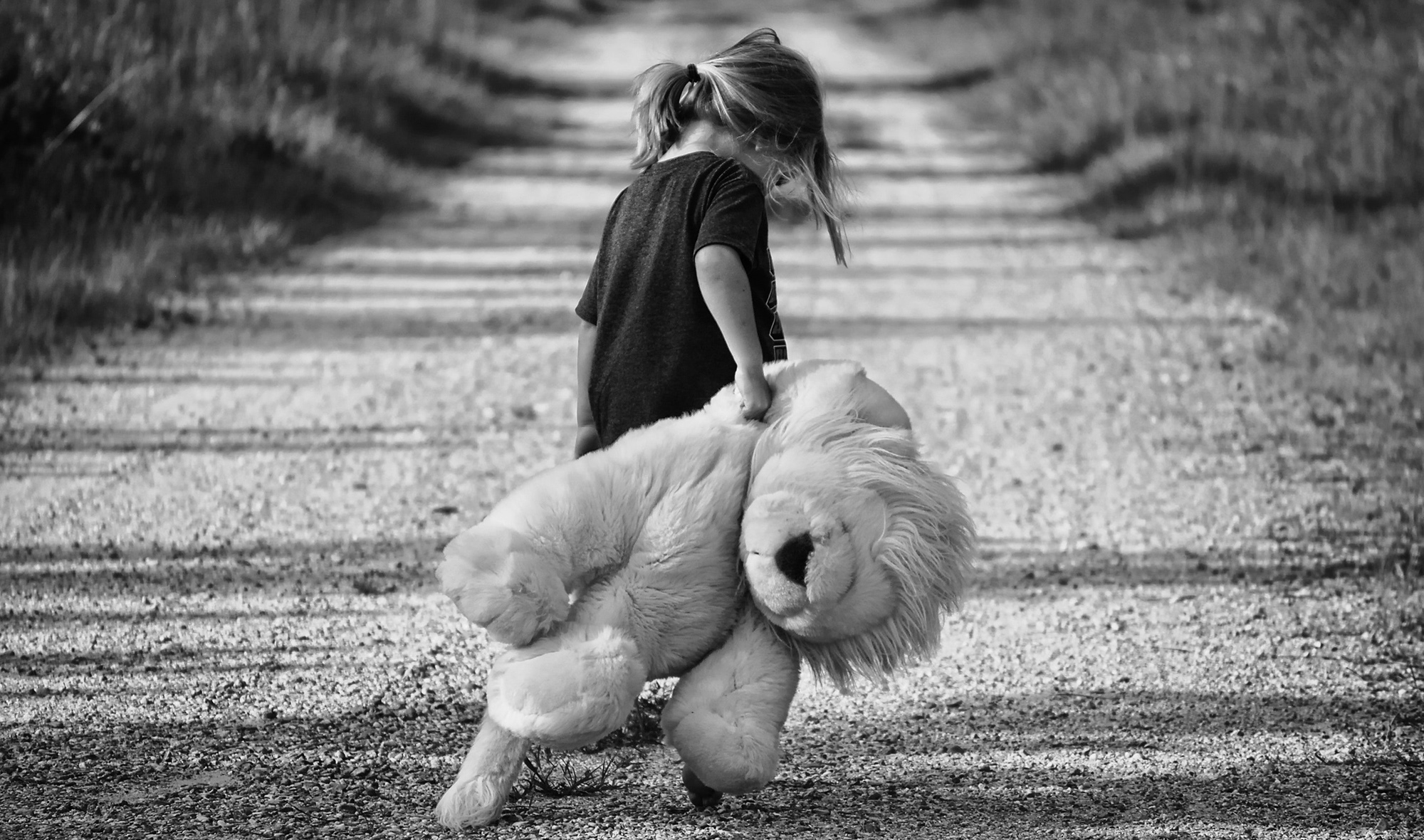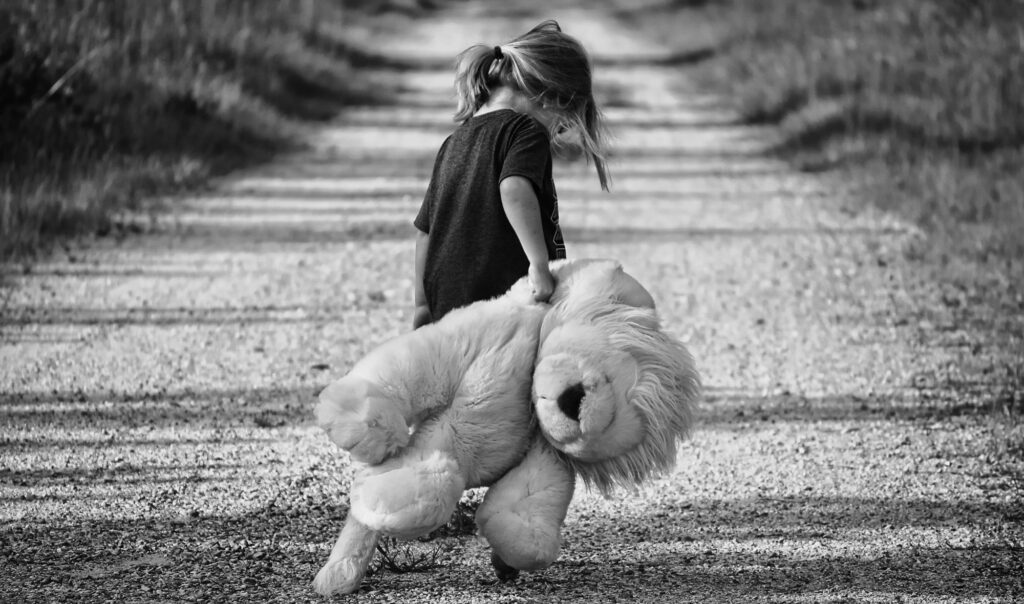
The Magic of Inner Child Work Therapy for Change & Healing

The Magic of Inner Child Work
So many of my readers and clients have requested more information about Inner Child Work. Although my website has a section describing this amazing modality, many of you have asked for more information repeatedly. A sense of wonder and curiosity keeps emerging even though I have been using this technology for more than 30 years in my practice. I decided to write a blog describing more about this transformational work so that my readers can fully understand the power it provides for change and healing.
What exactly is Inner Child Work?
Inner Child Work therapy focuses on the unmet needs of childhood, and how fulfilling those needs can lead to a complete, more confident and self actualized individual.
Although there have been many contributors to the development of Inner Child Work, perhaps the most well-known is John Bradshaw. John made his first premiere series on PBS, Bradshaw: On the Family in 1986, and in 1988, Healing the Shame that Binds You. His books on both these titles became NY Times Best Sellers.
I met John in 1988 on the heels of his next series and book, Homecoming, also a New York Times Best Seller. My daughter, Pamela Anne Glassman worked with John at his center in LA and was considered by many, including him to be a “wizard therapist.” Pam introduced me to John in 1990, just prior to his last series and book Homecoming: Reclaiming and Championing Your Inner Child. John was such a charismatic force, that soon his audiences became so large, often reaching more than 7000 participants, that he needed to have trained therapists on site during his presentations. His work was so dynamic and powerful that it required therapists to be ready to assist participants in case they were unable to handle the resurgence of early childhood trauma. In 1990 I became the first affiliate of the John Bradshaw Center in the United States.
I sponsored two workshops, each a year apart. The first in 1990, was presented at the Miami Beach Convention Center and the next, in 1991, at The Broward County Convention Center in Ft. Lauderdale. More than 4000 people attended both. It was then that I became well- known in my community to provide this exceptional modality to my clients, most of whom were in recovery. It was John who put me on the map. He trained me and my therapists over many months to become his representative of Inner Child Work in South Florida.
It didn’t take long for me to establish my reputation as “The Inner Child of Joan Childs,” a title given by a reporter from The Sun Sentinel. With John and his trainer, Kip Flock, I was able to interview and train seventeen psychotherapists, all who were seasoned practitioners in the field of psychology, social work, mental health practitioners and marriage and family therapists.
I opened six offices in three counties, Dade, Broward and Palm Beach that provided both individual and group therapy five days a week. It was startling to see how many people were craving this work. John had created a movement, nationally and internationally that would be considered by many professionals as “fringe” therapy criticizing his modalities as unfounded, “glib and superficial, his courting of adulation unseemly.” They were wrong in their judgment, and soon discovered that the Inner Child Work was perhaps the most successful therapy they had ever encountered.
John’s Transformational Model was employed by all my therapists and myself and has withstood the test of time. It has been perhaps the most successful modality in working with adult children of dysfunctional families. Obviously, we can’t expect perfection, however we made significant progress. I was fortunate that John put me, along with my therapists on the map. Until today, 2020, now alone in private practice, I have been practicing the teachings of what I believe to be the most significant therapeutic technique for transformation and healing. In addition to my on-going sessions, I provide one to three-day Intensives using mass-time therapy to help effect positive change for those struggling with the shame they have been carrying from early childhood wounds–wounds so deep, that have interfered with the quality of their lives. John’s work, that became mine, has helped people in recovery heal the shame that binds them to live out their lives liberated and able to have healthy, mature relationships. I am and will always be grateful to him for having had the good fortune and opportunity to carry on his work that has help save the lives of so many.
Today, still in private practice, and at the ripe old age of 80, I provide Inner Child Work to those who are abstinent and in recovery. This work cannot be effective if the client is active in their addiction, meaning drug of choice, cross-addicted or any compulsive behavior. I am known as a second-stage recovery professional and will only work with clients who are clean and sober for at least 2 months. Without sobriety, the work is useless.
Inner Child Work is applicable to people who are also not active in an addiction. It is applicable for anyone who has had childhood wounds from their family of origin. Since every family is dysfunctional to a greater or lesser degree, it is helpful to anyone who feels stuck in their personal growth and development.
Inner Child Work is also beneficial when working with couples, particularly using EcCT (Ecounter-centered Couples Therapy,) a brilliant modality created by Hedy Schleifer that restores connection and intimacy in relationships. Based on the work of Martin Buber, Harville Hendrix and John Bradshaw, Schleifer includes Inner Child Work in EcCT. Each partner unconsciously transports their unresolved conflicts and wounds from their childhood into their adult relationship, unwittingly polluting the relational space that was once sacred. Inner Child Work is woven into the fabric of the couple’s session. It transforms the polluted space into healthy, relational maturity.
My book, I HATE THE MAN I LOVE: A Conscious Relationship is Your Key to Success is based on my forty-two years in private practice working with couples and highlights the work of EcCT. The e-book will be released on June 15 and the printed book on October 11, 2020. Both are available to be pre-ordered at your favorite bookstore, Good Reads and Amazon.
*John passed away from heart failure in May 2016. He was 82 years old and a force to remember.
How does Inner Child Therapy Work?
This is perhaps the most difficult question to answer precisely because the work is mostly experiential. It is not talk therapy. It is inclusive of many modalities such as Eriksonian hypnosis, NLP (neuro-linguistic programming), Gestalt therapy (Richard Bandler and John Grinder) , Parts Work (Hal Stone), psychodrama and Cognitive Behavioral Therapy. It was a recipe made up of several modalities, knowing when and how to use each one appropriately to achieve optimum results. John titled it, The Transformational Model. Since then, I have added EMDR (Eye Movement, Desensitization and Reprocessing) to the recipe. It had not been a known modality at that time. EMDR put the icing on his model and is now a recognized therapeutic approach for Post-Traumatic Stress Disorder developed by research psychologist, Francine Shapiro. I had the good fortune to learn this profound technique with Dr. Shapiro from its inception, completing both level 1&2 trainings. It continues to be extremely effective along with Inner Child Work. The secret of success is knowing how to weave all these modalities into the therapy. This takes years of training, experience, and talent. Not unlike golf, a good golfer must first be talented, and know what club to take from the golf bag to get the ball in the hole and win the game. I have always said, if you only have one club in your golf bag, you will play a lousy game of golf.
The Inner Child Work is highly abreactive. What do I mean by abreactive? It is a word that means getting in touch with repressed feelings and allowing them to be discharged. Often the discharge of those repressed feelings once released, can be very intense. Infantile rage and unrelenting cries accompanied with, howling, screaming, pounding a bat and a cascade of grief can be heard throughout the entire floor of my office. It is known that we, as therapists, can only take our clients as far as we ourselves have gone. It is essential for the therapist to encourage the repressed anger and grief to be released.
“Let it come up! Say it again! Again! Louder! Louder! Give back the shame that was given to you! Bring the bat down! Fight for your child!”
These are a few of the expressions used to help clients release the toxic shame that has stifled their emotional development and kept them from becoming the person they were intended to be.
Recovering Repressed Memories
So many adults who had been abused in their childhood have unconsciously repressed these memories to protect themselves when they were subjected to violence. Many developed a dissociative disorder that is manifested in separating themselves from the traumas. That loss of integration resulted in becoming split off from their authentic self. Over the years they became a lost self. To some degree, all have developed post-traumatic stress disorder, anxiety, and depression. Too many have taken the path of addiction, no matter what the drug of choice. In psychological terms, addiction is a pathological relationship with either a substance, person or behavior that has mood altering effects and life-threatening consequences. In laymen’s terms, it’s something you can’t stop.
The abuse may have been physical, emotional, verbal, sexual, intellectual, or spiritual. Often there was a combination. The chronicity of the abuse will determine the repression and severity of the consequences. It is essential that during treatment the client release these unconscious feelings to a benign witness who can validate them, thus proving this really did happen. It is not unusual that clients think they were crazy and perhaps made up these stories because their memories have been damaged by the abuse and the repression. This is the job of the therapist and/or group members. It’s how we champion the inner child.
The Process of Healing the Inner Child
The process is exhausting but relieves the clients from their abusive past:
- It allows the adult part of them to take care of their precious inner child.
- It promotes a corrective experience.
- It allows them to give back the shame that poisoned their self-worth when they were too young to defend themselves against the violence.
Their childhood had been violated by someone who was ostensibly supposed to protect them and care for them, (parents) but instead abused and abashed them in ways that destroyed their sense of being. The results are very complicated and devastating. It leaves a child defenseless, believing that they don’t matter. Every child must feel they matter otherwise they grow up believing they have no worth. Their survival suit (false self) develops to protect against pain that became lodged in the limbic system; that part of the brain that is the seat of emotions. It gets trapped and acts as a defense mechanism, not unlike shock absorbers in a car. By protecting them from the pain they felt as a child, it also inhibits their personal growth and development. Their authentic self and true essence get lost along the way.
It is a double-edge blade. The pain wants to be released, but the amygdala, does not cooperate. The internal conflict grows as they grow into adulthood. They spend years seeking to matter and looking for love in all the wrong places. Their self-esteem is destroyed and leads to intractable emotional pain, and the road to addiction. The addiction is how they numb out the pain and artificially fill the hole in their soul. It’s a way of self-medicating. They were too young and vulnerable to protect themselves against the violence and too often felt responsible for their parent’s moods and behaviors believing it was their fault and not worthy of being loved. Too often they take on the feelings of their parents and unconsciously identify with the one who abused them recreating the same behaviors that tortured them as children. This results in multi-generational toxic shame.
The feelings get acted out into behaviors, repeating the patterns of the parent who abused them. The equation is that dysfunctional families, coupled with abuse, neglect and/or abandonment, leads to addiction. The drug of choice does not matter. The family of origin dysfunction and abuse creates the shame that addiction attempts to cover up. The reality is that it doesn’t work. They now have two issues: their wounded child and the addiction. The truth is we have become a culture of addictions.
The goal of Inner Child Work is to re-claim, heal and champion the child that still lives within us. It is essential to discover our authentic self; feel our essence and become the person we were intended to be. John would include this quote in his presentations: “What I am is me: for that I came.” by Gerard Manley Hopkins, an English poet and Jesuit priest in the 1800s. To go to your grave never knowing who you are is the greatest tragedy of tragedies.
Perhaps the best illustration is provided in the movie ROCKETMAN , the story of John Elton. You can be sure that Elton had Inner Child Work as part of his treatment. I would suggest anyone seeking help in addiction watch this film.
What can I expect from Inner Child Work?
This question is much easier to answer. I have always said, if a person decides to commit, the universe will cooperate. You can expect to be liberated from the past, to live your life authentically, setting boundaries, being true to yourself and becoming a healthy, mature adult. Ostensibly, you will become the person you were intended to be. You will find healthy relationships, enjoy the freedom of being yourself, and most of all, loving yourself. The best part is that you will no longer be dependent on your drug of choice to live your life. You will redeem the life you lost and deserve.
To achieve this outcome, you must be committed to the process. It takes time, effort, patience, energy, and money. It will be perhaps the best investment you will ever make in your life.
How long does it take for Inner Child Work Therapy to be effective?
It depends. Remember, it is not an event. It is a process. The work can be done bi-weekly, weekly or in a 1-3 day intensive. The intensives require an eight-hour day. Many return again a few weeks later to do more work. Everyone has their own goals and knows when they need more work or when they feel complete. The reason the intensives work best is because of the continuity. There is no one in the waiting room, waiting to be seen. This allows fluidity without pause, except for 2 breaks and lunch.
What is the Cost of Inner Child Work Therapy?
The cost of each session is $245.00 per hour. The cost for a 1-day session is $1900.00. The 2-day session is $3800.00. The cost of the 3-day session is $5700.00. I require a deposit of half for all the intensives. The balance is to be paid at the start of the intensive. I accept zelle, square, cash, or check. Insurance does not cover the intensive. The reason being is there is no code for the intensive. I do not accept insurance; however, I will provide an invoice for the individual sessions for those willing to submit it to their insurance companies.
I am happy to answer any questions you may have. Feel free to contact me by email or telephone at 954-568-1004 . I do not text. It’s the most brilliant way of misinterpreting and misunderstanding.
Joan E Childs, LCSW is a renowned psychotherapist, inspirational speaker and author of I Hate The Man I Love: A Conscious Relationship is Your Key to Success. In private practice since 1978, she specializes in individual and couple’s therapy, grief therapy, EMDR, NLP, inner child work and codependency. Learn more about her services at www.joanechilds.com.
Share this article
Written by : Joan E. Childs
Joan E Childs, LCSW is a renowned psychotherapist, author and inspirational speaker. In private practice since 1978, she specializes in individual and couple’s therapy, grief therapy, EMDR, NLP, inner child work and codependency. Learn more about her services at https://joanechilds.com/services/
One Comment
Leave A Comment
Follow us
A quick overview of the topics covered in this article.
Latest articles
April 20, 2024
April 20, 2024




Outstanding. Our hope is to be more conscious and not pass these wounds to our children. Amen sister